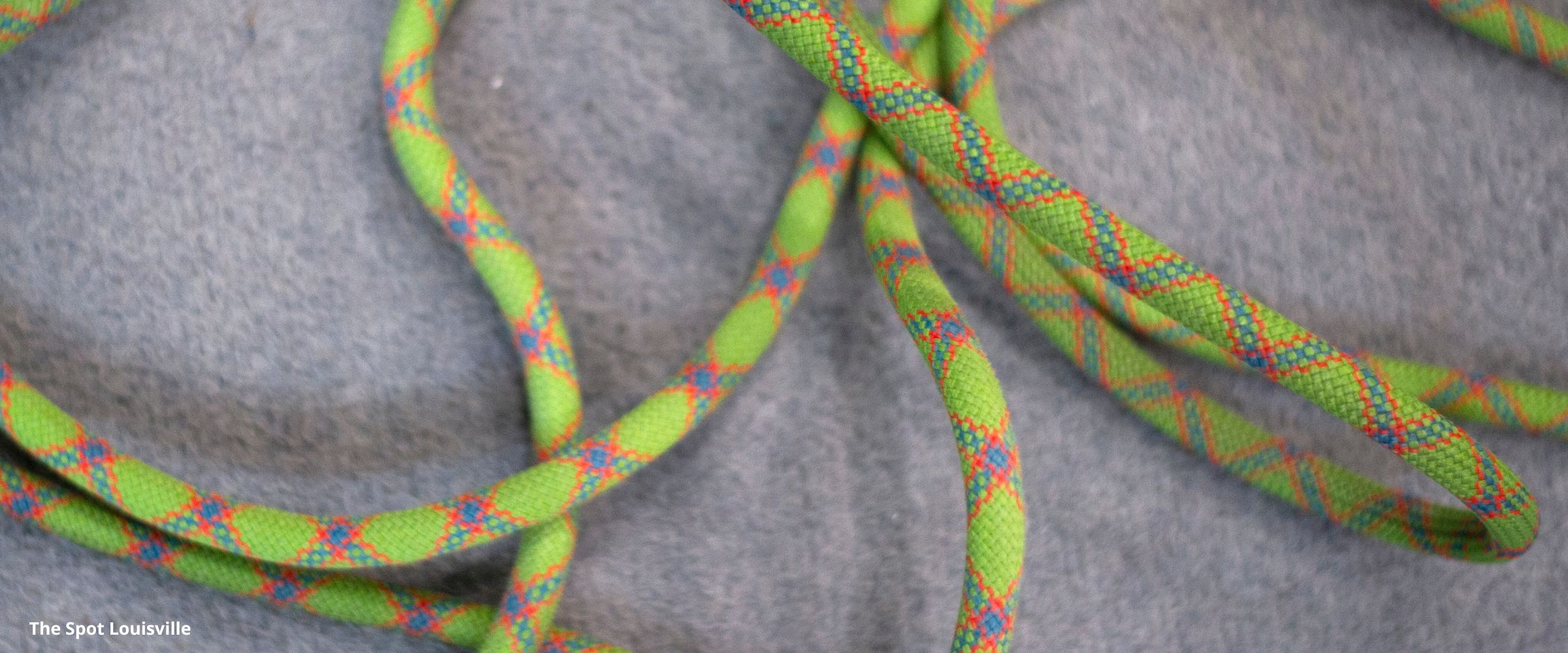Indoor Climbing Programs Assessments: A How To Guide

In our last blog post, we wrote about some lessons we have learned in our work supporting indoor climbing gyms and program teams in designing staff training.
One of the key takeaways from our work is the power of assessment in identifying needs, means of change, and progress. With limited resources, staff, and time, program assessment is the key to making sure resources are effectively allocated and impactful.
Assessment takes many forms as you can evaluate your programs or your staff with different stratgies. No matter which direction you go, assessment should take form in comparing structured goals. Assessment means that we are identifying goals we want to accomplish and determining the progress we have made toward those goals, during a specified operational period. That operational period could vary from a season to a fiscal year, or the entire operating period of your gym.
For the sake of this article, we can say a climbing gym’s program goals are retention, participant satisfaction, and uniform coaching behaviors.
Assessments come in three stages, each essential to program development.
Formative Assessment
Formative assessment tells us where we are in relation to where we need to be.
Examples of formative assessments include a new hire skills assessment, a member survey prior to a new initiative, or a program staff goal-setting check-in with management
All of these tools allow us to determine how close we are to meeting those goals. An example of this might be a formative assessment of a youth climbing team, at the beginning of a season.
To conduct a formative assessment, we might determine that as a climbing gym, we want 90 percent year-to-year team retention and high satisfaction. We might also decide whether there are coaching behaviors that are important to our team and identify them. To assess this, we would collect data on retention from the past season, do a pre-season survey of families and their expectations and observe an early coaching session.
Ongoing Assessment
Once we have a baseline, it is essential that we perform ongoing assessments.
While assessment is often misconstrued as a lot of work or large-scale surveys, ongoing assessments can be minimal work, but still allow a strong sense of program impacts or a program’s progress towards its goals.
Some examples of ongoing assessments include:
- one-on-one check-ins
- visual assessments
- written check-ins
Below is an example of coaching behaviors that can be assessed and a rubric that aids in easy assessment. The behaviors were identified, put into a rubric, and allow program managers to visually check if their program staff are engaging in best practices.
Preparing the Learning Environment |
Engaging Participants Upon Arrival |
Managing the Learning Environment |
Engaging Participants Throughout Practice |
Engaging Families/Parents |
Engaging Gym Members |
|---|---|---|---|---|---|
|
|
|
|
|
|
Cumulative Assessment
This is what most of us think about when we consider program assessment. Cumulative assessments allow us to consider a full operational period and our performance towards goals during that period. We might compile data from the rubrics above and see progress over a season or conduct another member survey to see if satisfaction increased or decreased or we might compare year-to-year retention. This information allows program managers to focus training resources on areas that require support, identify role models on staff, and best meet the needs of participants and gym members.
Next Steps
A comprehensive program assessment plan includes formative, ongoing, and cumulative assessments. As we have outlined in previous articles, this assessment needs to align with the goals, mission, and vision of your climbing program.
This assessment also assists us with the challenging work of determining how to grow our programs and where to devote resources and time.
While assessment may sound like another task to add to an evergrowing list of work associated with managing a climbing program, a sound assessment program can be minimal additional work, with incredible payoffs for your program, staff, and climbers!
If you’re interested in learning more about how program assessment can impact your programs, reach out to Bix and Pat of Headwall Group at info@headwallgroup.com.
Want to get programming tips from experts and your peers?
Register now for the 2023 CWA Summit to join the conversation.
About the Headwall Group
 The Headwall Group was founded by Bix Firer and Pat Brehm. Bix Firer (MA, University of Chicago) is an Associate Professor of Outdoor Studies at Alaska Pacific University and has worked as a wilderness educator, trainer, facilitator, and experiential educator for over a decade.
The Headwall Group was founded by Bix Firer and Pat Brehm. Bix Firer (MA, University of Chicago) is an Associate Professor of Outdoor Studies at Alaska Pacific University and has worked as a wilderness educator, trainer, facilitator, and experiential educator for over a decade.
Pat Brehm works as a professional organizational trainer and has spent his career as a climbing coach, facilitator, and outdoor educator.
